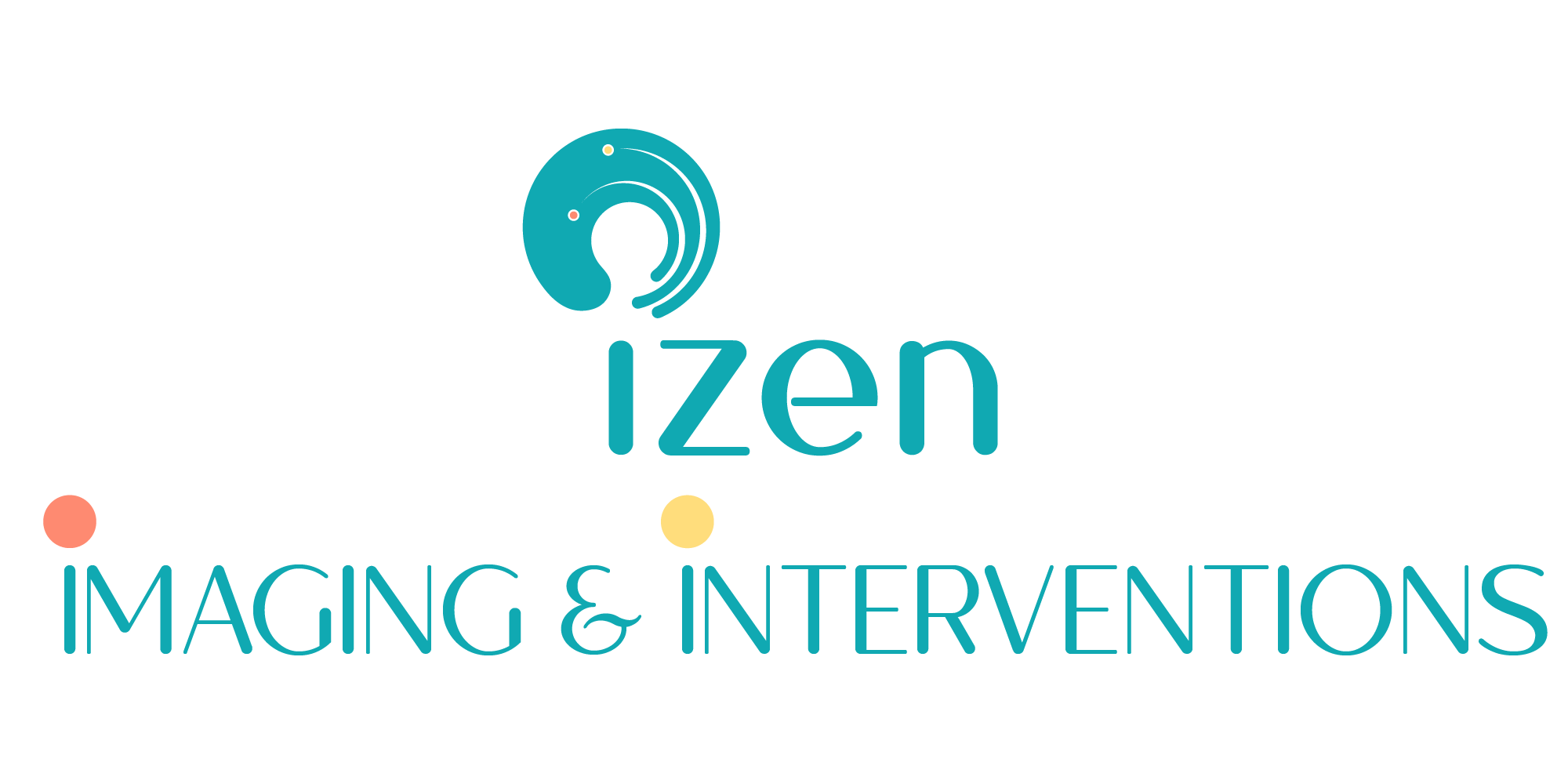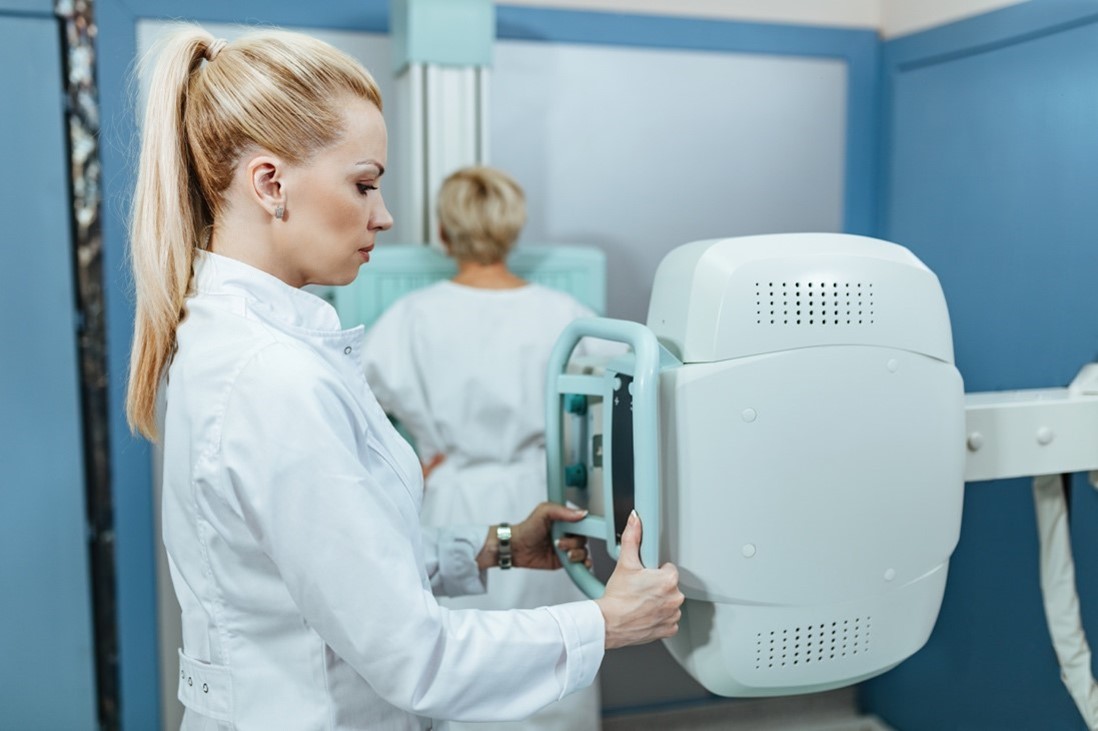Breast health is a journey of care and awareness that every woman should embark on with confidence and knowledge. Among the essential milestones in this journey is the mammogram, a simple yet powerful tool in the early detection of breast cancer. In a world where health is our most precious asset, understanding the role of mammograms can be a beacon of hope and empowerment.
Let us demystify this crucial screening tool, making it more approachable and less daunting.
What is a Mammogram?
- Think of a mammogram as a special camera for your breasts.
- It uses low-dose X-rays to take pictures of the inside of your breasts, revealing details that the eye cannot see.
- This screening can catch signs of breast cancer early, often before symptoms arise.
- Early detection means easier management and better outcomes, highlighting the mammogram's role as a key player in breast health.
When to Start and How Often?
Guidelines suggest women start getting mammograms at age 40 and continue yearly or every two years, depending on their risk factors and medical advice. It is like a regular check-up for your breasts, ensuring everything is in order and catching any changes early.
Significance of mammograms
- Regular mammograms are vital for early breast cancer detection, significantly improving treatment outcomes and survival rates.
- They can identify tumors too small to feel, reducing the need for aggressive treatments.
- For women over 40 or at high risk, regular screenings offer peace of mind and are key to effective breast health management.
Preparing for Your Mammogram
Preparation is simple:
- Schedule your mammogram for a week after your period (when breasts are less tender)
- Avoid deodorants or lotions on your chest and underarms (as these can affect the images)
- Wear a two-piece outfit for convenience
- Most importantly, approach your mammogram with calm and confidence
What Happens During the Procedure?
- During the mammogram, each breast is placed on the machine's plate.
- Another plate presses down to flatten the breast, spreading the tissue for clear images.
- Yes, it's a bit uncomfortable, but it's over quickly, and the slight discomfort can be a lifesaver.
Understanding Your Results
After your mammogram, a radiologist will examine the images for signs of cancer. Results are usually categorized using a system called BI-RADS, which ranges from 0 (incomplete) to 6 (proven cancer). Most often, you’ll receive a letter with your results explained in layman’s terms.
Mammograms are a key part of maintaining breast health. They’re quick, relatively painless, and can save lives by detecting cancer early. If you’re over 40 or at higher risk for breast cancer, talk to your doctor about when you should start screening.




